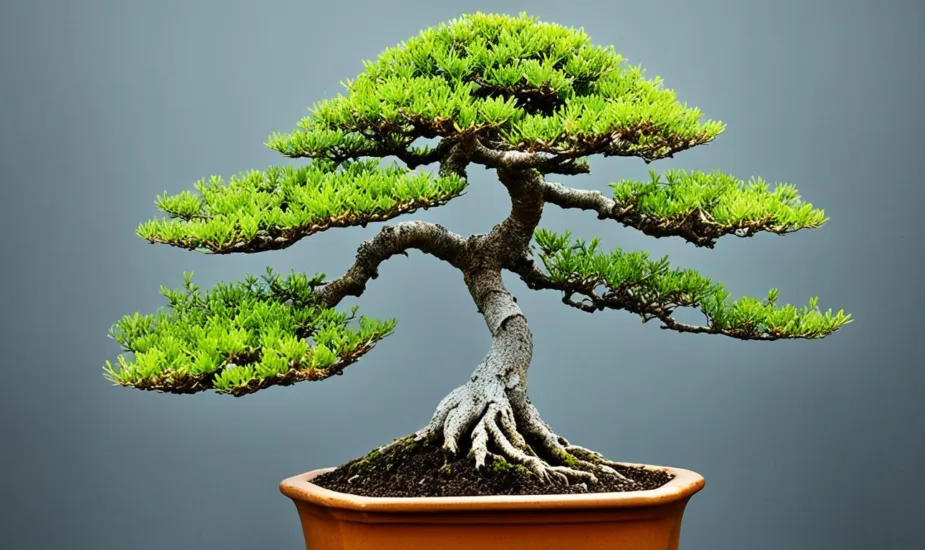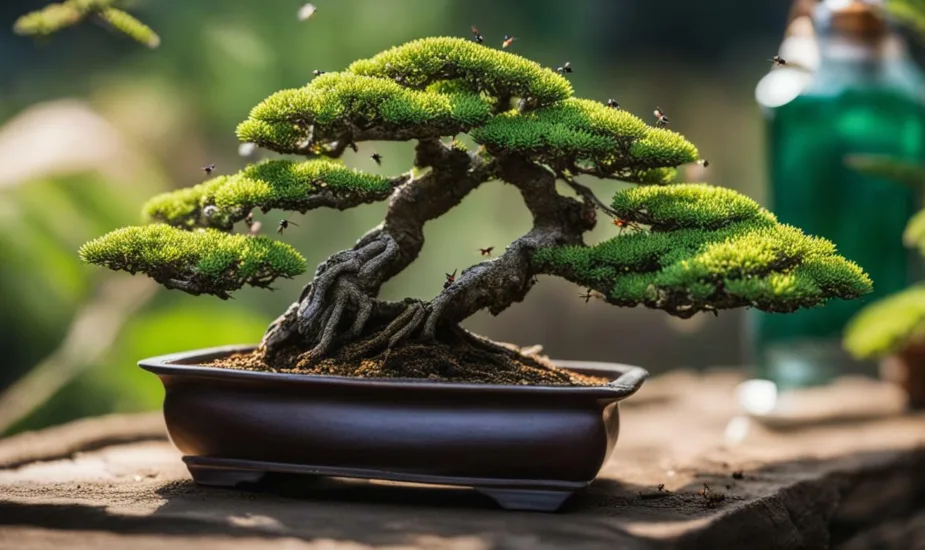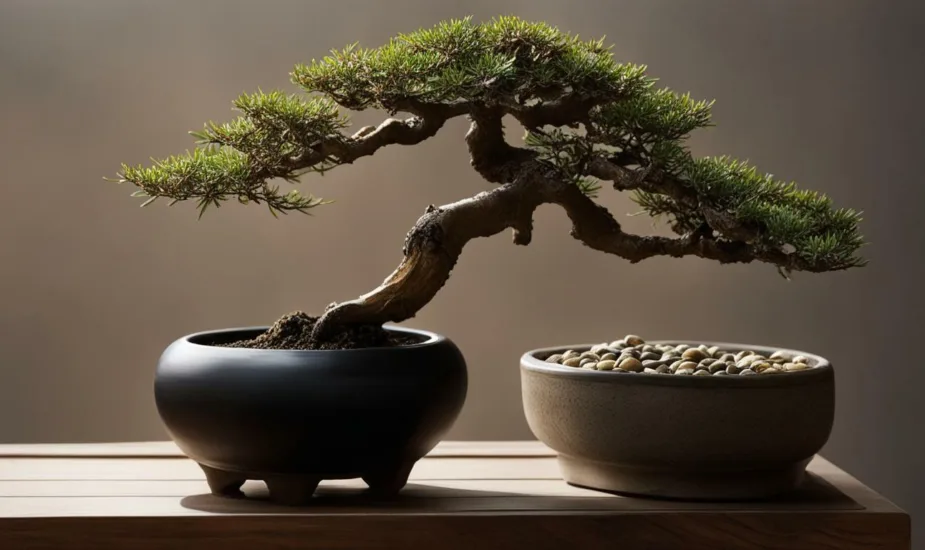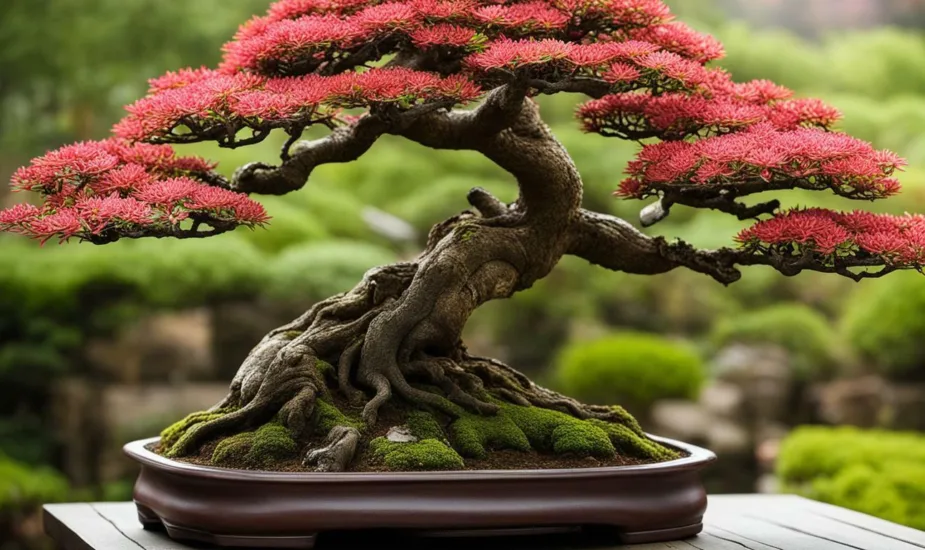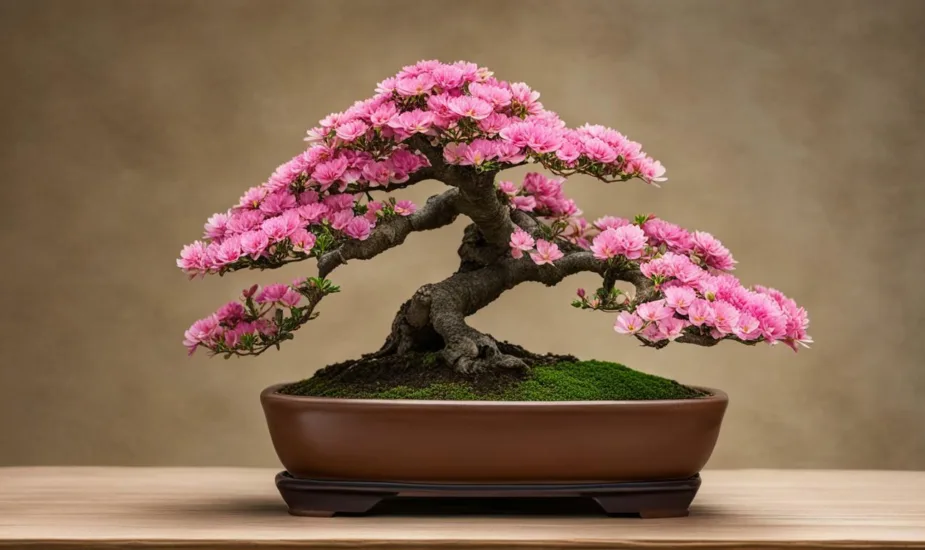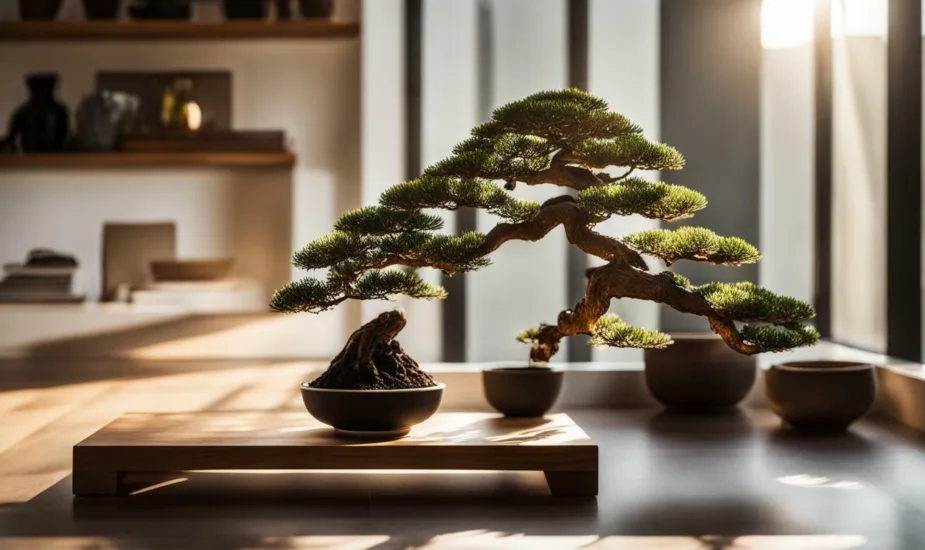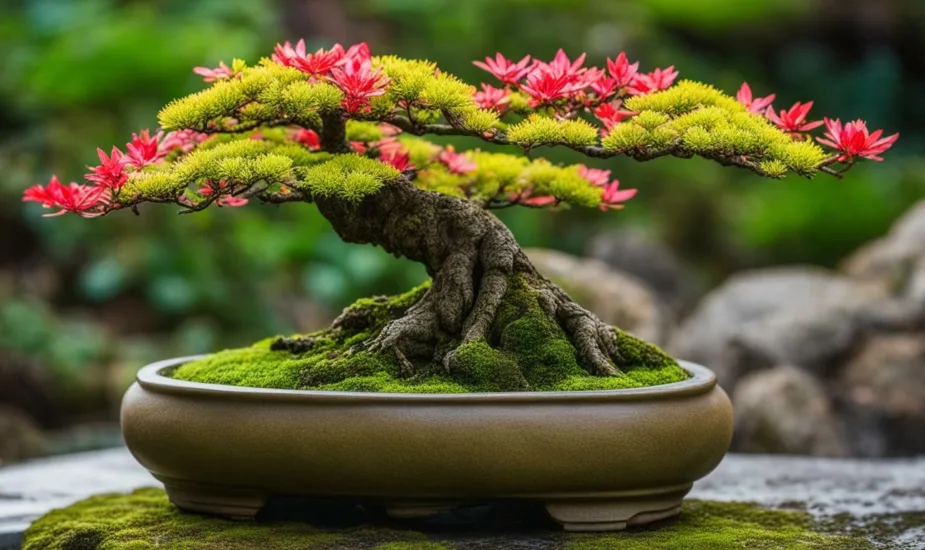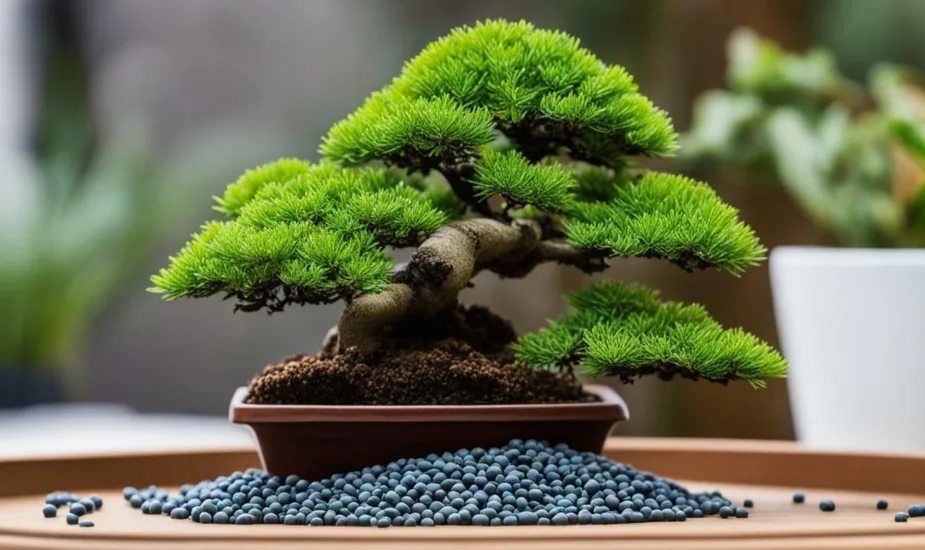Understanding Why Bonsai Trees Are So Important to Japan
Bonsai, a captivating art form that has a rich history in Japan, holds immense cultural significance in the country. The tradition of bonsai cultivation can be traced back centuries, originating from the Chinese art of penjing. However, it was in 14th century Japan that bonsai gained popularity, thanks to a play featuring a samurai who cherished his bonsai tree.
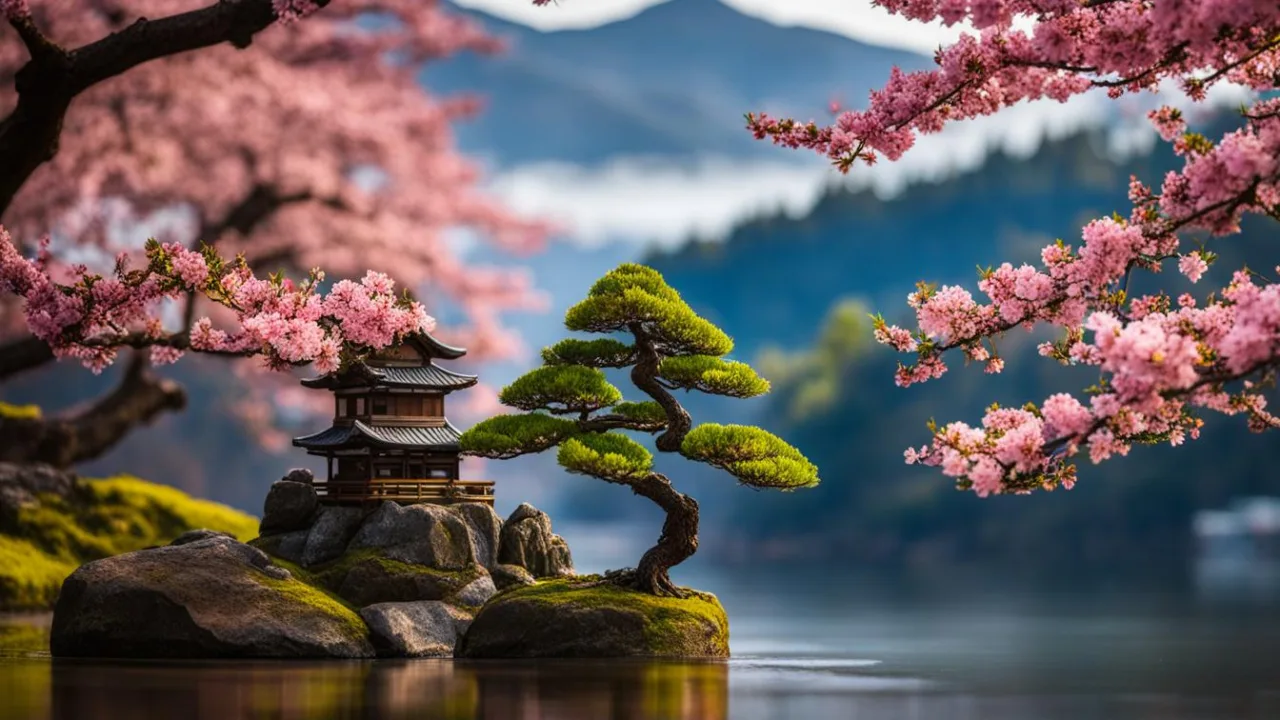
Bonsai is not merely an art form; it is a way of life, embodying values of patience, nobility, and sympathy. This ancient practice has become synonymous with Japanese aesthetics and is considered a true natural treasure of Japan.
In this article, I will explore the reasons behind the integral role that bonsai trees play in Japanese art and culture. We will delve into the historical background, the artistic and aesthetic value, as well as the modern-day significance of bonsai in Japan.
The Artistic and Aesthetic Value of Bonsai in Japanese Culture
Bonsai is not merely an art form in Japanese culture; it is a representation of the deep appreciation for nature and the pursuit of beauty on a miniature scale. The carefully shaped and trained bonsai trees mimic the proportions and forms of their full-sized counterparts, allowing enthusiasts to embrace the beauty of nature in a small and intricate form.
Bonsai also embodies the concept of wabi-sabi, which celebrates imperfection and finding beauty in the imperfect. This concept is deeply ingrained in Japanese culture and is reflected in various art forms, including bonsai. The imperfections and asymmetry of the bonsai tree’s branches and foliage are seen as natural and enhance the overall aesthetic appeal.
Furthermore, bonsai is closely intertwined with traditional Japanese horticulture. Techniques and styles have been developed and passed down through generations, making bonsai a cherished tradition. Bonsai cultivation requires immense patience, attention to detail, and a deep understanding of the natural world. It is a way for individuals to reconnect with nature and find solace in its delicate and serene beauty.
The Symbolic Meaning of Bonsai Trees in Japan
In addition to its artistic and aesthetic value, bonsai holds symbolic meaning in Japanese culture. The bonsai’s ability to thrive and thrive under carefully controlled and meticulous care signifies the values of discipline, perseverance, and harmony with nature. It serves as a reminder to individuals to nurture and cultivate their own lives with the same level of devotion and care.
The longevity and endurance of bonsai trees also symbolize the concept of timelessness and the impermanence of life. As the bonsai tree grows and evolves over the years, it represents the cycle of life and the importance of embracing change and growth.
The Beauty of Bonsai: A Representation of Japanese Aesthetics
Japanese aesthetics, often characterized by simplicity, harmony, and tranquility, are beautifully encapsulated in bonsai. The meticulously pruned branches, carefully selected pots, and serene landscapes surrounding bonsai trees create a sense of balance and serenity. Bonsai embodies the Japanese concept of “less is more,” where every element is purposefully chosen to create a visually captivating and harmonious composition.
With its rich cultural value, symbolic meaning, and representation of Japanese aesthetics, it is no wonder that bonsai has become such an integral part of Japanese culture. It continues to captivate enthusiasts worldwide and serves as a testament to the profound connection between nature, art, and the human spirit.
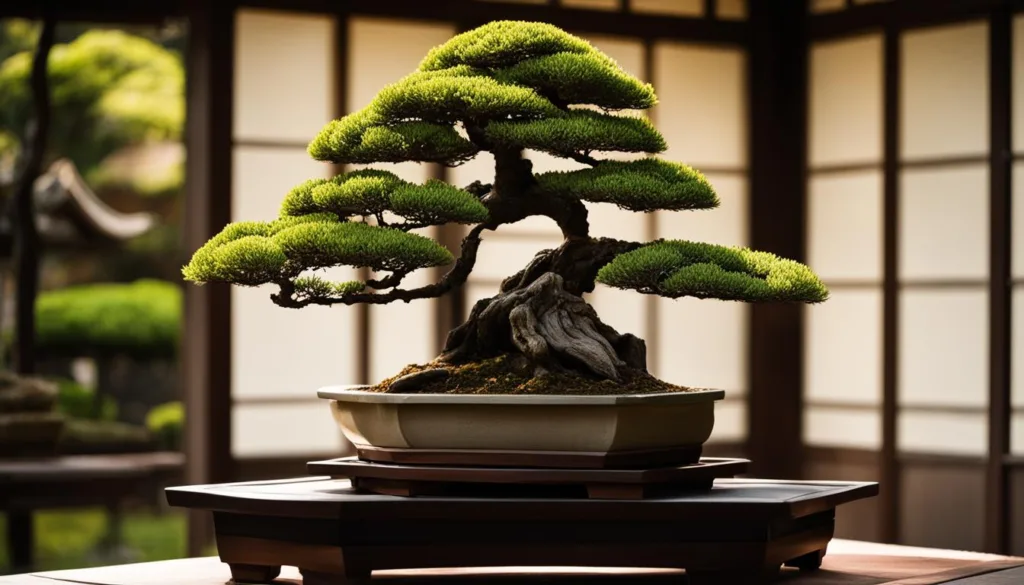
The Historical Significance of Bonsai in Japan
Bonsai has a long and rich history in Japan, tracing its roots back to the Chinese penjing tradition. The practice of cultivating miniature trees in pots was introduced to Japan during the Kamakura period, when the country adopted many cultural practices from China. Over the centuries, bonsai evolved in Japan, with unique styles, techniques, and tools being developed.
Bonsai gained popularity among people from different social classes, from the elite shoguns to ordinary peasants, and became an integral part of Japanese culture. The art of bonsai was not only appreciated for its aesthetic beauty but also revered for its symbolism and spiritual significance. It was believed that caring for a bonsai tree nurtured patience, discipline, and harmony in one’s life.
Today, bonsai is cherished and preserved as a cultural tradition in Japan. Dedicated bonsai villages and museums showcase the art form, providing insights into the history and techniques behind bonsai cultivation. Bonsai enthusiasts continue to pass on their knowledge and skills from one generation to the next, ensuring the legacy of bonsai lives on in Japanese culture.
Bonsai in Modern Japan
Bonsai continues to thrive in modern Japan, as it represents the essence of Japanese aesthetics and holds significant cultural importance. This ancient tradition has evolved into a cherished art form, captivating both locals and tourists alike.
Omiya Bonsai Village in Saitama stands as a testament to the enduring love for bonsai. Here, enthusiasts can immerse themselves in the world of bonsai cultivation, exploring the meticulous techniques and delicate care that goes into shaping these miniature masterpieces.
One of the highlights of the bonsai calendar is the annual Kokufu Bonsai Exhibition. This prestigious event showcases the most exquisite works of bonsai professionals, allowing visitors to marvel at the beauty and intricacy of these living sculptures.
While deeply rooted in Japanese culture, bonsai has also gained global recognition. Enthusiasts from around the world are drawn to its serene beauty and the meditative practice it embodies. Whether you are a seasoned bonsai artist or a newcomer inspired by its elegance, bonsai is a captivating tradition that continues to captivate and inspire.
FAQ
Why are bonsai trees so important to Japan?
Bonsai trees hold significant cultural importance in Japan, representing values of patience, nobility, and sympathy. They are deeply rooted in Japanese culture and considered a natural treasure of the country.
What is the history of bonsai in Japan?
Bonsai cultivation originated from the Chinese art form of penjing and gained popularity in Japan during the 14th century. It became an important part of Japanese culture, with unique styles, techniques, and tools being developed over the centuries.
What is the artistic and aesthetic value of bonsai in Japanese culture?
Bonsai is seen as a way to connect with nature and appreciate its beauty on a miniature scale. It embodies the concept of wabi-sabi, finding beauty in imperfection. Bonsai trees are carefully shaped and trained to mimic fully grown trees, allowing admirers to experience the beauty of nature in a small form.
How is bonsai intertwined with traditional Japanese horticulture?
Bonsai is closely tied to traditional Japanese horticulture, with specific techniques and styles being developed and passed down through generations. Bonsai trees are cultivated and cared for using traditional techniques, making it a cherished and preserved cultural tradition in Japan.
Is bonsai still popular in modern Japan?
Yes, bonsai continues to thrive in modern Japan. There are dedicated bonsai gardens, exhibitions, and festivals that attract both locals and tourists. Bonsai is considered a representation of Japanese aesthetics and cultural significance, making it a unique and cherished tradition in Japan.
 Little Garden Tips
Little Garden Tips




